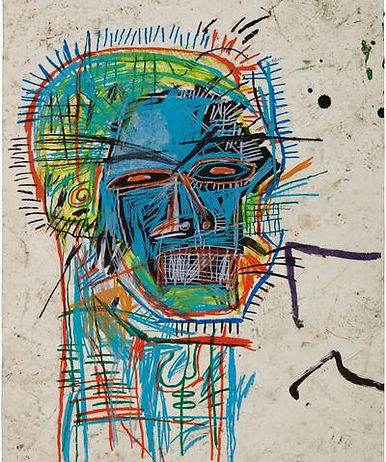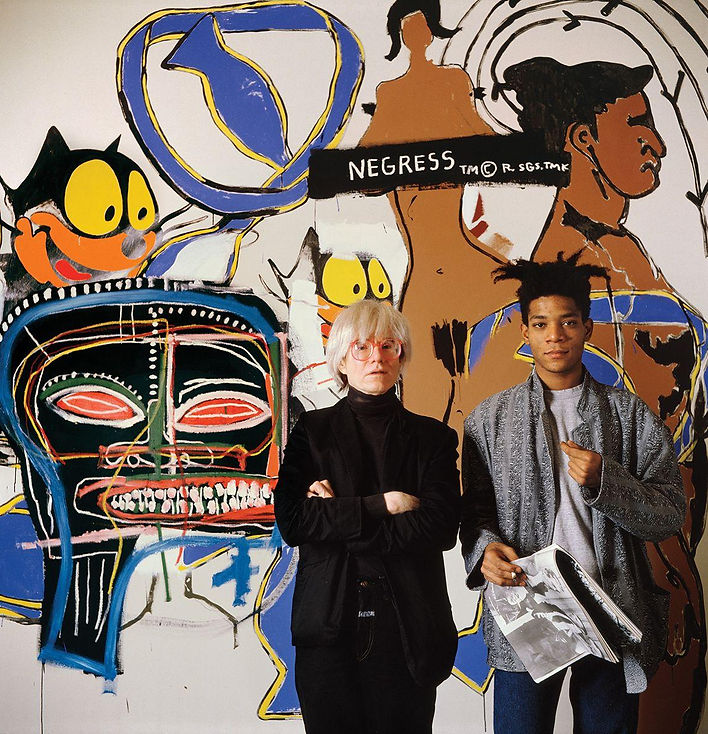Crown the Space: Decorating with Basquiat’s Language of Chaos
Some arts play nice. Jean-Michel Basquiat didn’t.

He painted like jazz sounds—fast, loud, and full of code. His work hit you with crowned saints, fractured anatomy, scribbled warnings, skulls that stare back. It wasn’t just visual—it was confrontation. Controlled chaos that refused to be
ignored.
Decades later, that same energy is finding new life not in white cube galleries, but in living rooms, studios, cafés. Not as art to admire, but as attitude to design with
Crowns, Skulls, Symbols — This Is a Visual Language
Basquiat’s crown isn’t ornamental. It’s declaration. Sharp, fast, deliberate—like a tag on a wall that says, this matters. It turns a canvas into a territory. Used in design, it does the same. A crown stitched into linen, painted across a wall, or stamped onto a throw pillow changes the temperature of the room.
His skulls aren't gothic. They’re human. Raw. Honest. He used them to strip identity down to the bone. In decor, they bring that same weight—a reminder that art can be beautiful without being soft.


His language—scrawled words, crossed-out phrases, half-finished thoughts—reads like a visual diary. Translating that into interiors means embracing text, mess, texture. Scribbles that become statement walls. Quotes that live across upholstery. Symbols that say more than any clean line ever could.
From Gallery Walls to Everyday Objects
Basquiat’s art is no longer boxed in. It's moving across surfaces—furniture, rugs, ceramics, even collectibles like Bearbricks. A 1000% Bearbrick wrapped in his brushwork becomes more than a design object. It’s sculpture. Culture. A visual anchor that bridges art, fashion, and interior style.
Set it against industrial finishes, soft neutrals, or stripped-back textures. Let it clash. Let it contrast. That’s where the energy lives.
The Warhol Equation
Between 1983 and 1985, Basquiat painted alongside Andy Warhol—Pop Art’s polished provocateur. What came from that collision was over 160 works: logos, icons, cartoons, chaos layered over precision. It was a meeting of commercial gloss and street grit. Clean and wild.
Their collaborations—like Olympics, Zenith, and Arm and Hammer II—reflected not just artistic crossover, but cultural dialogue.
You see echoes of it in design now—spaces that blend vintage pop visuals with rough textures, neon with decay, loud print with quiet form.
That tension? That’s the legacy.

Basquiat as a Mood
What makes his work so powerful in modern interiors is that it doesn’t just decorate. It disrupts. A Basquiat mural isn’t an accent—it’s a challenge. His imagery forces the room to respond, to adjust. And that’s where good design lives. In friction. In movement.
It’s messy in the best way. Honest. Loud when it needs to be. Quiet when you finally start paying attention. And that’s the energy you want in a space.
Not perfect. Just real.